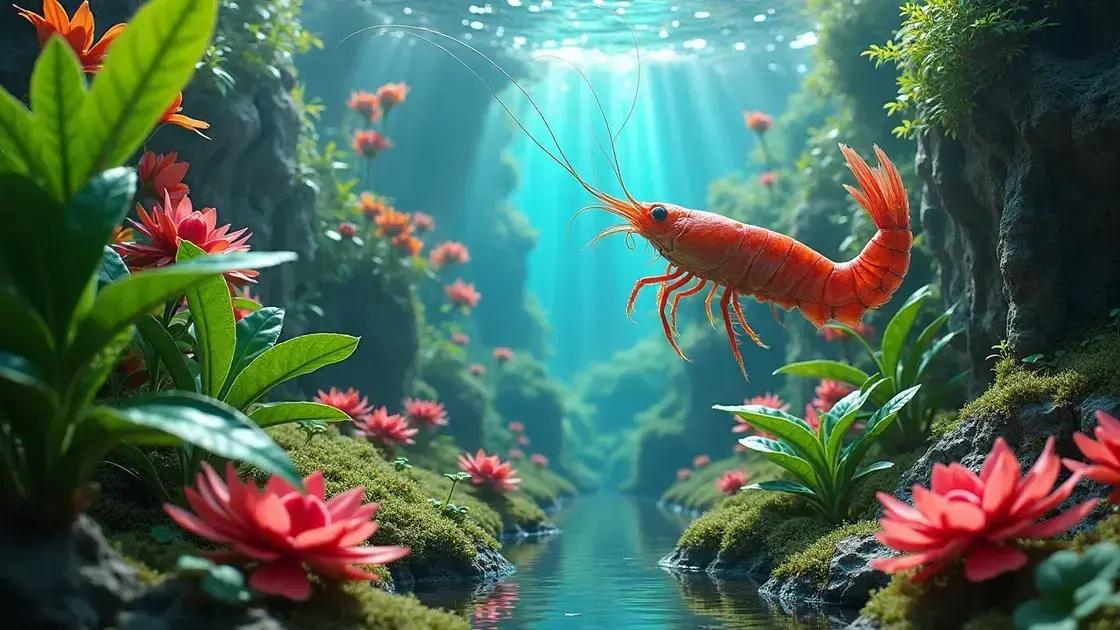How to Care for Shrimp Plant: 7 Essential Tips for Thriving Plants
How to care for shrimp plant may seem daunting, but with the right guidance and knowledge, you’ll find it quite manageable. This care involves understanding the right conditions, such as watering and light preferences, that they thrive in. Dive into this guide for practical insights and strategies to nurture your shrimp plants effectively.
Table of Contents
ToggleEssential watering techniques for shrimp plants
Essential watering techniques for shrimp plants are crucial for their healthy growth and vibrant blooms. Proper watering ensures that these plants receive the moisture they need without becoming waterlogged, which can lead to root rot.
Understanding the watering needs
- Water shrimp plants thoroughly, allowing excess water to drain out of the pot.
- Check the soil moisture regularly to determine when to water.
- Ensure your pot has drainage holes to prevent water accumulation.
Best practices for watering shrimp plants
- Use room temperature water to avoid shocking the plant.
- Water deeply but infrequently, allowing the top inch of soil to dry out between watering sessions.
- In the growing season (spring and summer), increase the frequency as the plant uses more water.
- Reduce watering during the dormant season (fall and winter).
Common mistakes to avoid
- Overwatering: This is the most frequent issue and can lead to wilting or yellowing leaves.
- Ignoring humidity levels: Shrimp plants thrive in humid environments, so consider misting them when humidity is low.
- Watering without checking soil moisture: Always check before watering to ensure the plant truly needs it.
Real-world example of effective watering
A gardener noticed her shrimp plant struggling to thrive. After switching to a deep but infrequent watering strategy, she observed remarkable improvements. The plant began to blossom beautifully and displayed vibrant green foliage, showing that proper hydration techniques truly make a difference.
For more information on caring for indoor plants, consider exploring indoor gardening techniques.
Optimal light conditions for shrimp plant growth

Optimal light conditions for shrimp plant growth are essential for achieving lush foliage and vibrant blooms. These plants thrive best when given the right balance of light, which can greatly influence their overall health.
Understanding light requirements
- Shrimp plants prefer bright, indirect sunlight; direct sun can scorch the leaves.
- Too little light can result in leggy growth and fewer blooms.
- They adapt well to fluorescent lighting, making them suitable for indoor environments.
Best light conditions for shrimp plants
- Place your shrimp plant near a window that receives filtered light.
- Rotate the plant regularly to ensure even light distribution across all sides.
- If indoors, consider using grow lights to supplement natural sunlight during shorter days.
- Observe your plant for signs of too much or too little light, adjusting accordingly.
Signs of inadequate lighting
- Yellowing leaves indicate too much direct sunlight.
- Stretched stems with sparse foliage suggest insufficient light.
- Slow growth or lack of blooms can mean your shrimp plant is not receiving adequate light.
Real-world example of proper lighting
A gardener shared that moving her shrimp plant from a dim corner to a bright spot near a north-facing window resulted in a burst of new growth and vibrant flowers within weeks. This highlights the importance of optimal light exposure.
For more information and tips on thriving indoor plants, consider exploring indoor gardening techniques.
Common challenges and solutions for shrimp plants
Common challenges and solutions for shrimp plants can affect their overall growth and health. By understanding these issues, you can take proactive steps to ensure your shrimp plants remain vibrant and flourishing.
Identifying frequent shrimp plant problems
- Root rot due to overwatering
- Pests like aphids or spider mites
- Leaf discoloration from nutrient deficiencies
- Stunted growth typically caused by inadequate light
Solutions to frequent challenges
- To combat root rot, ensure your pot has sufficient drainage and allow the top inch of soil to dry before watering again.
- For pest infestations, use insecticidal soap or neem oil to treat affected areas. Regular inspections can help prevent future outbreaks.
- Address any nutrient deficiencies by using a balanced fertilizer and following the recommended application rates.
- Adjust lighting conditions to meet the needs of your shrimp plant, ensuring it receives bright, indirect sunlight or adequate artificial lighting.
Preventative measures for shrimp plants
- Regularly monitor soil moisture and adjust your watering schedule accordingly.
- Inspect plants routinely for pests or signs of distress.
- Fertilize during the growing season to provide necessary nutrients.
Real-world example of overcoming challenges
A gardener shared that her shrimp plant continued to wilt despite consistent care. After investigating, she discovered overwatering was the culprit. By adjusting her watering regimen and allowing for better drainage, her plant revived quickly and began flourishing.
For more tips on overcoming common issues, consider exploring indoor gardening techniques.
In conclusion
Caring for shrimp plants requires understanding their specific needs, including optimal watering, light, and the ability to address common challenges effectively. By implementing the techniques discussed in this guide, you can foster a thriving environment for your shrimp plants. Remember, every plant is unique, so continuous observation and adjustment of your care approach will lead to even better results. For additional tips on enhancing your indoor garden, consider engaging with online communities dedicated to plant care.

